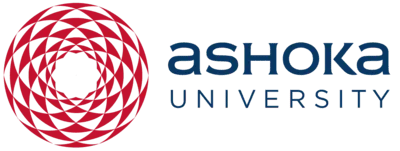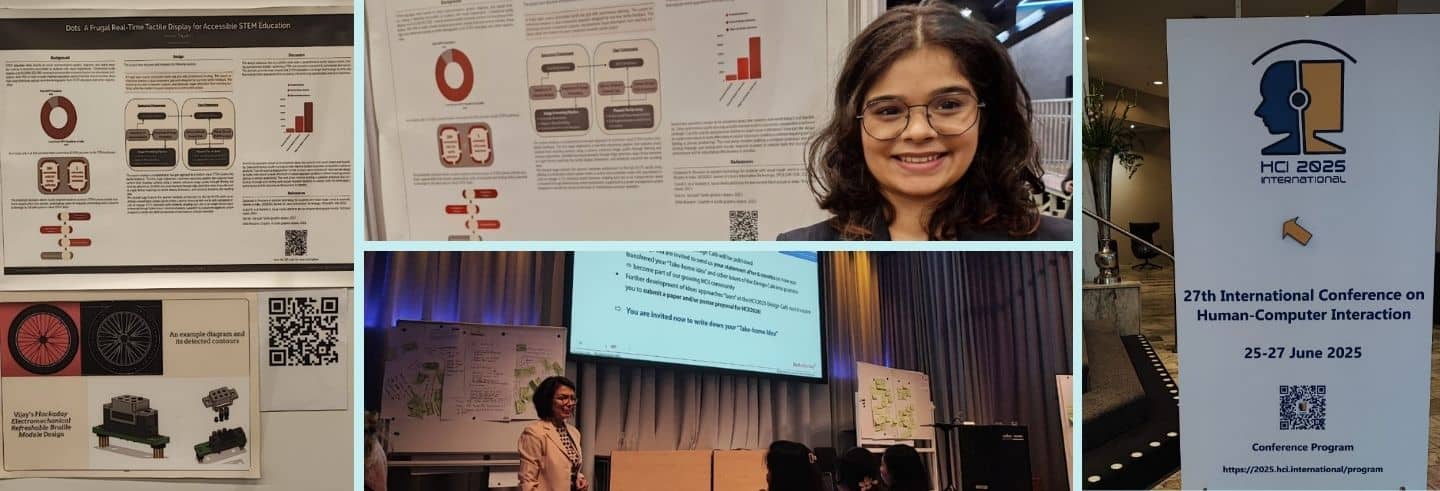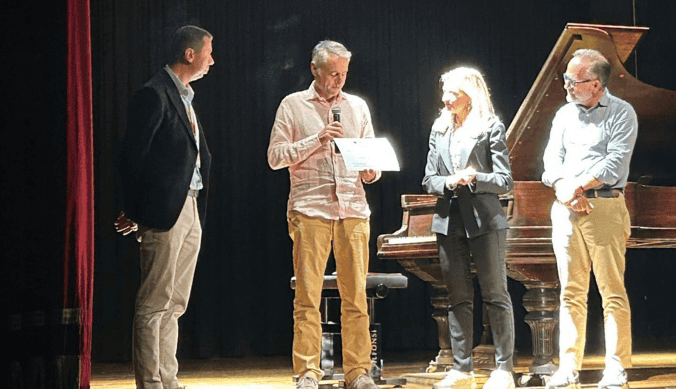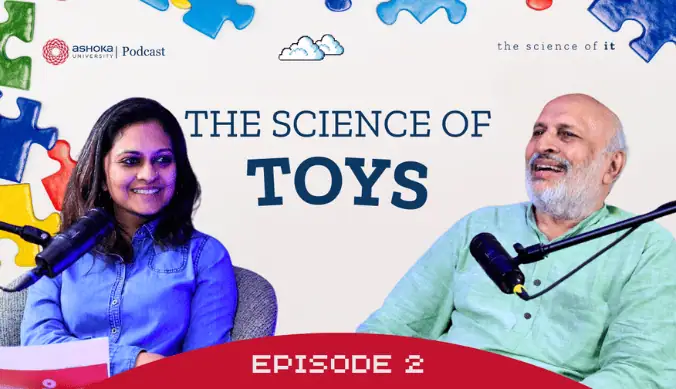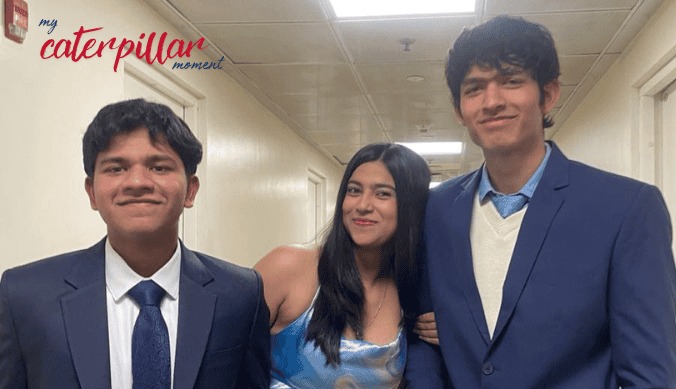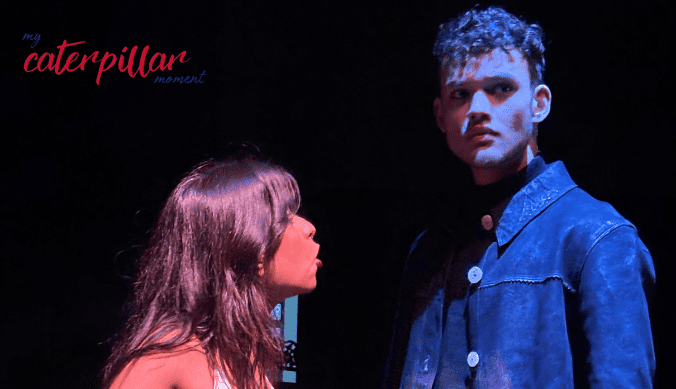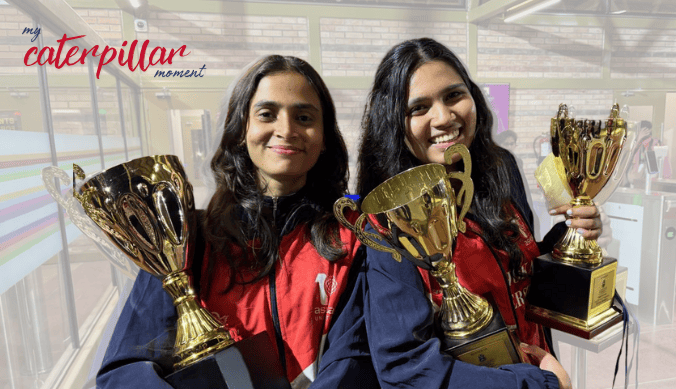Breaking Barriers: Tackling Educational Accessibility on International Platform
Student researcher develops real-time Braille system for inclusive STEM education

Ashoka Staff
4 September, 2025 | 4m readVaanee, a student researcher at Ashoka University, has achieved international recognition for her innovative accessibility technology project at the 27th International Conference on Human-Computer Interaction in Sweden (June 2025). The project, called “Dots,” addresses a critical educational challenge by making visual STEM concepts accessible to visually impaired students through real-time tactile conversion. The system transforms visual elements like graphs and data representations into tactile formats using two key components: a live-action camera that captures visual content and a machine that converts this information into Braille output in real-time, enabling visually impaired students to participate fully in classroom learning.
The project emerged from Vaanee’s longstanding interest in accessible technology and a pivotal conversation with Professor Debayan Gupta, who presented the challenge of helping blind students understand graphs taught in class in real-time. This user-centered approach became the foundation of the project, with Vaanee emphasizing that working in accessibility requires a design process that extends far beyond prototyping. While existing software solutions can simplify graphs using screen reader software and Braille displays, these technologies are often expensive and not readily available. Dots aims to democratize inclusive technology by making it accessible to everyone, addressing both the technical and economic barriers that prevent widespread adoption of assistive learning tools.
The project’s impact extends beyond the classroom, with Vaanee gaining valuable insights into user-first design principles that inform all aspects of her laboratory work. The real-time conversion capability distinguishes Dots from existing solutions, ensuring that visually impaired students can engage with visual content simultaneously with their peers, rather than receiving processed information after the fact. This approach supports a more integrated and inclusive educational experience, addressing the fundamental challenge of ensuring equal access to visual learning materials in STEM education.
The conference presentation has opened significant opportunities for Vaanee, including publication in a peer-reviewed journal and feedback from international experts in human-computer interaction and accessibility technology. These professional connections have expanded her post-undergraduate opportunities while validating the project’s potential impact. The project remains in the prototype stage, with plans for development in the digital makerspace and eventual classroom deployment. Vaanee’s commitment to advancing this work is evident in her decision to continue Dots as her undergraduate thesis, positioning her to further refine the technology and explore its broader applications in inclusive education.
The success of this project demonstrates how student-driven research can address real-world challenges while building expertise in emerging fields like accessibility technology and human-computer interaction.
Study at Ashoka

